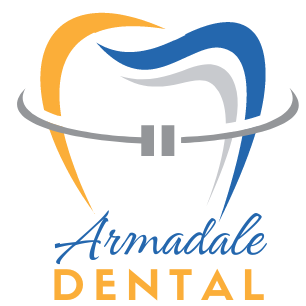Braces, a common orthodontic treatment, are essential for correcting misaligned teeth and achieving a straighter, healthier smile. This dental procedure involves the use of brackets, wires, and bands to gently apply pressure to the teeth over time, gradually repositioning them into their desired alignment. The effectiveness of braces lies in the careful orchestration of this pressure, which stimulates the bone around the teeth to reshape and accommodate the new positioning. The result is not only improved aesthetics but also enhanced oral health and functionality.
Here’s a list of how this service procedure works:
- Consultation: The process begins with a thorough examination and consultation by an orthodontist to assess the patient’s dental condition and create a personalized treatment plan.
- Application: Small brackets are bonded to the front of each tooth, while a wire is threaded through them. Bands or elastic ties are used to secure the wire in place.
- Adjustments: Periodic appointments are scheduled to tighten the braces, gradually shifting the teeth into their correct positions. These adjustments are tailored to the individual’s treatment plan.
- Monitoring: The orthodontist closely monitors the progress of the treatment to ensure the teeth are moving as planned and makes necessary adjustments during follow-up appointments.
- Compliance: Patients are instructed on proper care and maintenance of their braces, including oral hygiene practices and dietary restrictions to protect the appliances.
- Retention: After the teeth are aligned, patients may require a retainer to maintain their new position as the bone and tissues stabilize.
- Completion: Once the treatment goals are achieved, the braces are removed, revealing a beautifully aligned smile that can significantly boost a person’s confidence and oral health.

Are braces suitable for adults, or are they primarily for adolescents and teenagers?
Braces are not limited to adolescents and teenagers; they can also be highly effective for adults seeking orthodontic treatment. While it is true that many people associate braces with adolescence, advancements in orthodontic technology have made it possible for adults to benefit from braces as well. The decision to undergo orthodontic treatment as an adult depends on individual needs and goals, and it’s best to consult with an orthodontist who can assess your specific situation and recommend the most appropriate treatment options. In fact, adult orthodontics is becoming increasingly common, with various discreet options like clear aligners and tooth-colored braces available to cater to the preferences and lifestyles of adults.
